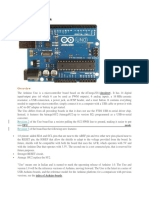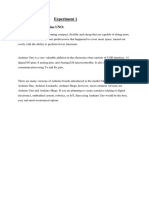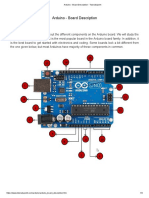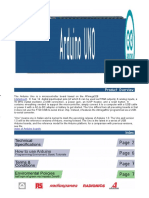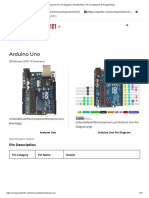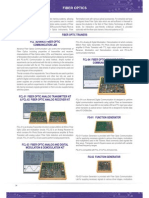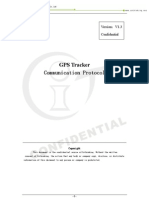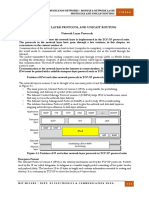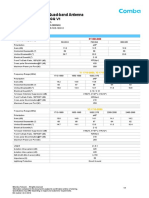0% found this document useful (0 votes)
16 views7 pagesArduino UNO Description
provides brief description about Arduino UNO
Uploaded by
mousumisubudhiCopyright
© © All Rights Reserved
We take content rights seriously. If you suspect this is your content, claim it here.
Available Formats
Download as DOCX, PDF, TXT or read online on Scribd
0% found this document useful (0 votes)
16 views7 pagesArduino UNO Description
provides brief description about Arduino UNO
Uploaded by
mousumisubudhiCopyright
© © All Rights Reserved
We take content rights seriously. If you suspect this is your content, claim it here.
Available Formats
Download as DOCX, PDF, TXT or read online on Scribd
/ 7





